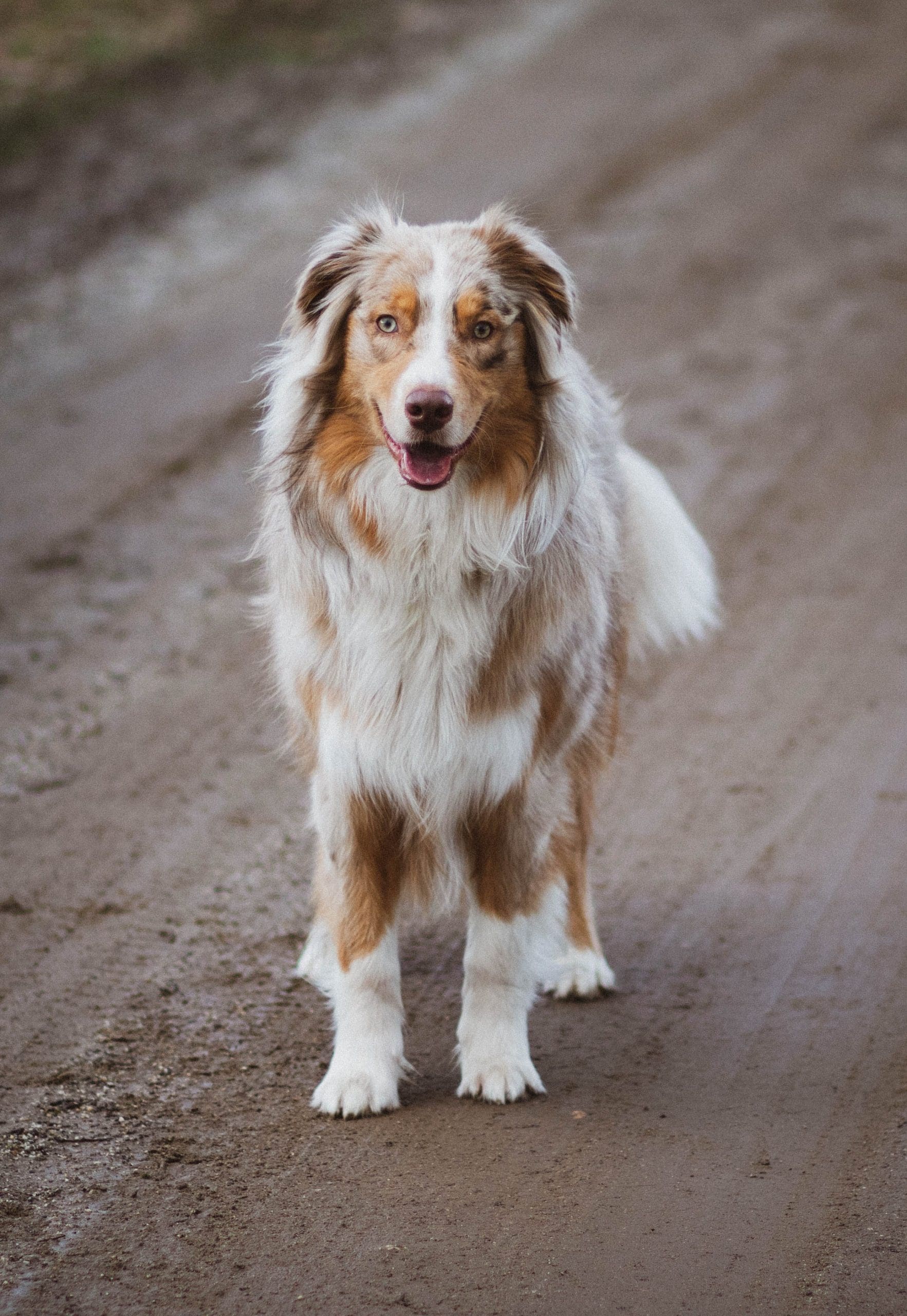Fleas pose a significant challenge for dog owners, making it essential to comprehend how they find their way onto our pets. These small, wingless insects thrive on the blood of mammals and can cause considerable discomfort and health issues for dogs. Recognizing the pathways through which fleas can invade your pet is key to effective prevention.
The Flea Life Cycle
The journey of a flea begins in the environment, often far from the dog itself. Adult fleas are typically found on dogs, but they can easily jump from one host to another. Direct contact with infested areas or other animals remains the primary way dogs acquire fleas. Interactions at parks, doggy daycare centers, or even at home with other pets can lead to an infestation.
Infested Environments
Fleas tend to flourish in areas where animals congregate. They can hitch a ride on clothing or shoes, making it easy for them to invade your home. Once inside, fleas reproduce rapidly, with a female capable of laying dozens of eggs daily, quickly leading to a larger problem.
Contaminated Surfaces
Another common source of fleas is contaminated bedding or furniture. Fleas can reside in carpets, rugs, and upholstery, laying eggs in these areas. If your dog rests on infested surfaces, they are likely to pick up fleas. Outdoor spaces, especially yards frequented by other animals, can also be hotspots for fleas. Tall grass, shrubs, and shaded areas provide an ideal environment for these pests.
Monitoring Multiple Pets
If you have several pets, one may unknowingly bring fleas into the home. Regular monitoring of all pets for signs of fleas is crucial, particularly if one has been in contact with other animals or environments. Early detection can prevent a minor issue from escalating into a full-blown infestation.
Health Risks of Fleas
Fleas are more than just a nuisance; they can inflict health risks on dogs. Bites can result in itching, irritation, and skin infections, while some dogs may experience allergic reactions to flea saliva, resulting in intense discomfort. Additionally, fleas can transmit tapeworms and other parasites, increasing the risk of further health complications. Puppies and older dogs are especially vulnerable due to weaker immune systems.
Preventive Measures
Preventing fleas is far easier than dealing with an infestation. Regular grooming helps identify fleas and flea dirt, which resembles tiny black specks. Bathing your dog with flea shampoo can eliminate existing fleas, but it’s vital to use products specifically formulated for dogs, as human products can be harmful.
Using preventive products is essential. Options include topical treatments, oral medications, and flea collars. Consulting with a veterinarian is important to determine the best product for your dog’s unique needs, especially if they have allergies or sensitivities.
Keeping the Home Clean
Regular cleaning can significantly reduce the likelihood of fleas. Vacuuming carpets, rugs, and upholstery helps eliminate flea eggs and larvae. Don’t overlook your dog’s bedding and other areas they frequent; washing these items in hot water can destroy any hidden fleas or eggs. For deeper cleaning, consider using a steam cleaner to effectively eliminate fleas with heat.
Swift Action Against Infestations
If you discover fleas on your dog, prompt action is vital. Treat your dog with a veterinarian-recommended flea treatment while simultaneously addressing the environment through thorough vacuuming and washing of bedding. In severe cases, consulting a pest control professional may be necessary to manage widespread infestations.
Staying Vigilant
Understanding how dogs get fleas is crucial for any pet owner. By taking proactive measures, you can significantly minimize the risk of fleas infesting your dog. Regular grooming, preventive products, and maintaining a clean environment are all vital strategies in the fight against fleas.
Fleas are a reality for many dog owners. However, with the right knowledge and proactive measures, you can help keep your dog safe and comfortable. Monitoring your dog’s behavior and health can alert you to potential issues early. If you notice increased scratching or discomfort, check for fleas and consult your veterinarian.
Fleas thrive in warm, humid conditions, so increased vigilance during the summer months is essential. Regular outdoor activities can expose your dog to flea-infested areas, making post-walk checks crucial.
By staying informed and proactive, you can protect your pet from the discomfort and health risks associated with fleas. Your dog’s well-being is worth the effort, and maintaining a flea-free environment contributes significantly to their happiness and quality of life.



